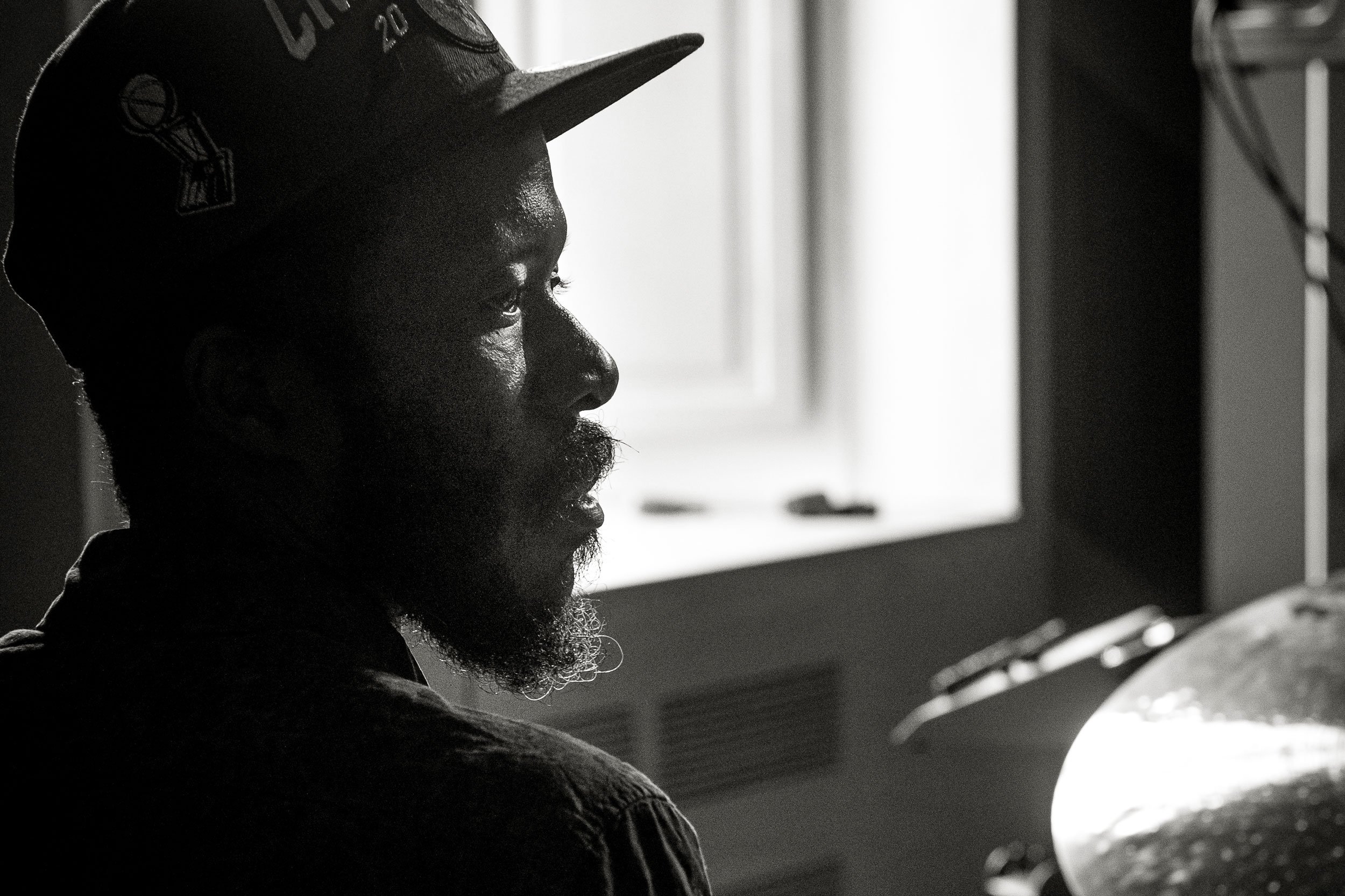
“Joe Sanders is an extremely talented bassist who has a captivating personality. He has played with the Heath Bothers on several occasions and it was always beautiful.”
Teaching
Private Instruction
As bassists in today's world of jazz we tend to be overlooked and under "listened" to. Sad to say most of the blame lies within us. We have fallen into this lazy tendency of "oh, they're not listening anyway" and subject ourselves to the "stock" bass lines. The reason they're not listening friends is because we're not giving them anything to listen to. It's about our note choice, our sound, our harmonic choices, our rhythmic choices; if we investigate these options and apply them to our performances, we can achieve better results and explore more possibilities!
In the One on One lessons, we work on a multitude of ways to ameliorate your performance in the practice room and on the gig.
We'll look at the necessary tools for achieving a good sound on your instrument.
Using the Piano as a tool for insight into structures of harmony on the bass; and to your advantage on the gig.
Using the Drums as a tool for insight into structures of rhythm on bass; and to your advantage on the gig.
Learning and retaining jazz standards
Understanding and using the harmonic and rhythmic choices while accompanying a soloist.
It is currently only possible to book private (60min) lessons as a single lesson, while Joe is on tour. Please use our lesson request form below to inquire about Joe's availability and scheduling options.
Master Class Outline
Master Classes are available for groups of 6-10 students and usually run between 90-120 minutes. Please use the form below to inquire about booking a Master Class. It is also possible to book a group ensemble class, which can be as many as 30 students in one class.
Focus of the Master Class:
-
Sound:
a. achieving the best sound, with the least amount of work
b. making every note audible whether playing short or long notes (when playing long notes, striving to have all the notes the same length).Technique:
a. being comfortable and knowing every note of the bass
b. analysing different ways to practice better technique -
Note Choice:
a. When playing with a group, it's about finding the notes that enhance the harmony while staying in sync with the changes.
b. Influencing the soloist with your notesRhythmic Choice:
a. Whether playing in odd meters or even, knowing what is the underlying rhythmic pattern and finding a bass line to correspond accordingly
b. Knowing how short & long notes effect the rhythmListening & Responding:
a. Learning and applying how to react to a soloist or accompanist while still being in the moment. -
Melody:
a. Using the melody to construct a good solo.Singing:
a. Using singing as another means of expression and as a way to practice learning tunes. -
Harmonic & Rhythmic Structures:
a. Finding what harmonic & rhythmic structures suit you.
b. Finding and hearing and developing harmonic & rhythmic to play and compose.Techniques:
a. Using the piano first and conceiving simple motifs and then applying them to paper.
b. Using written techniques first, conceiving simple motifs to apply to the piano.
